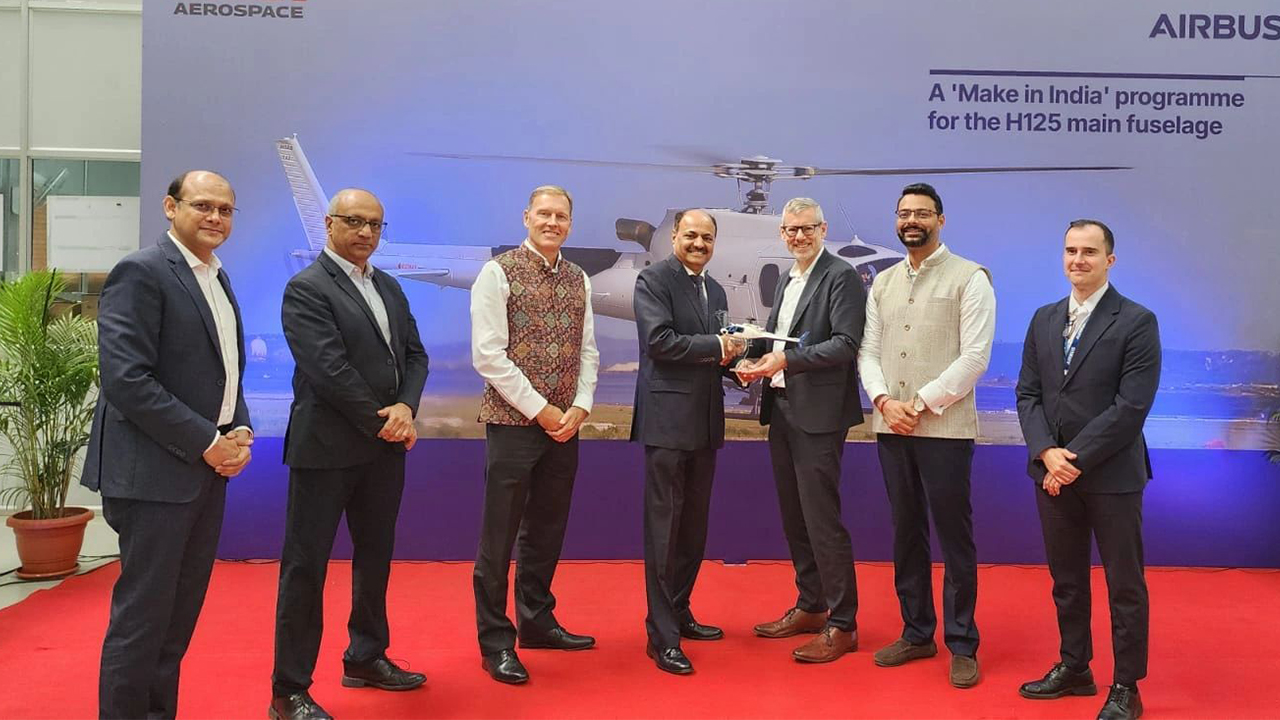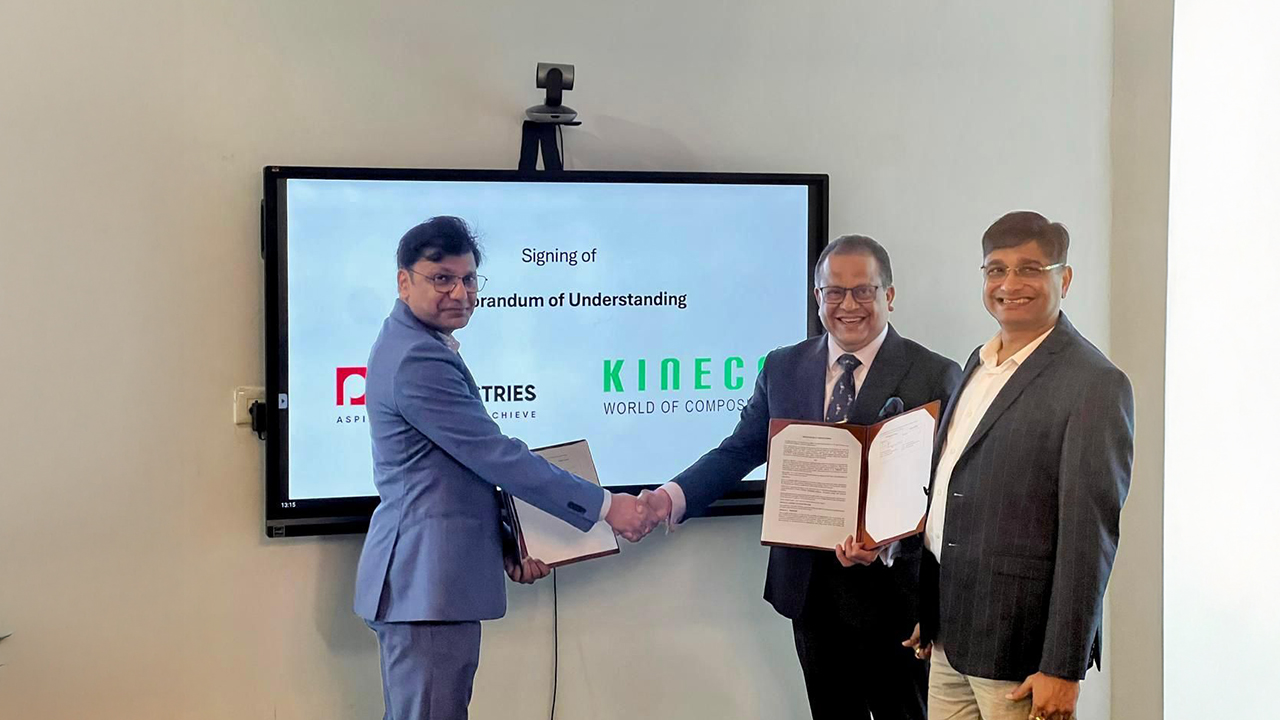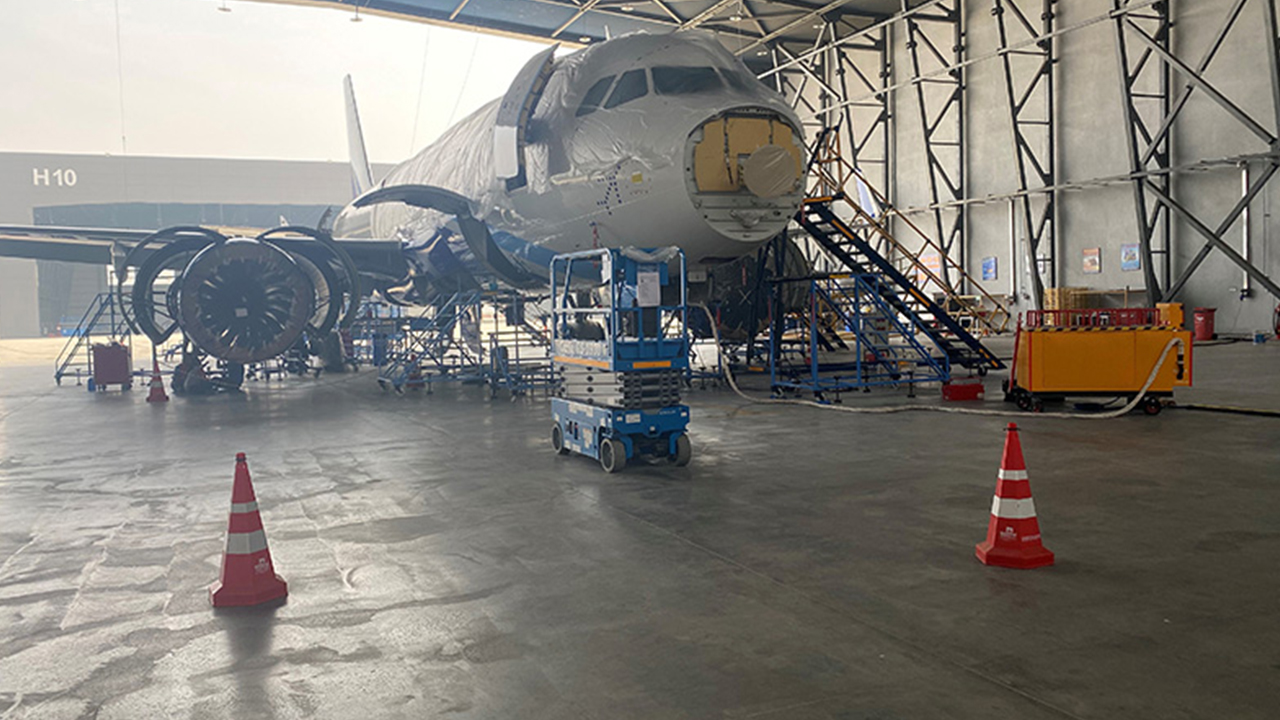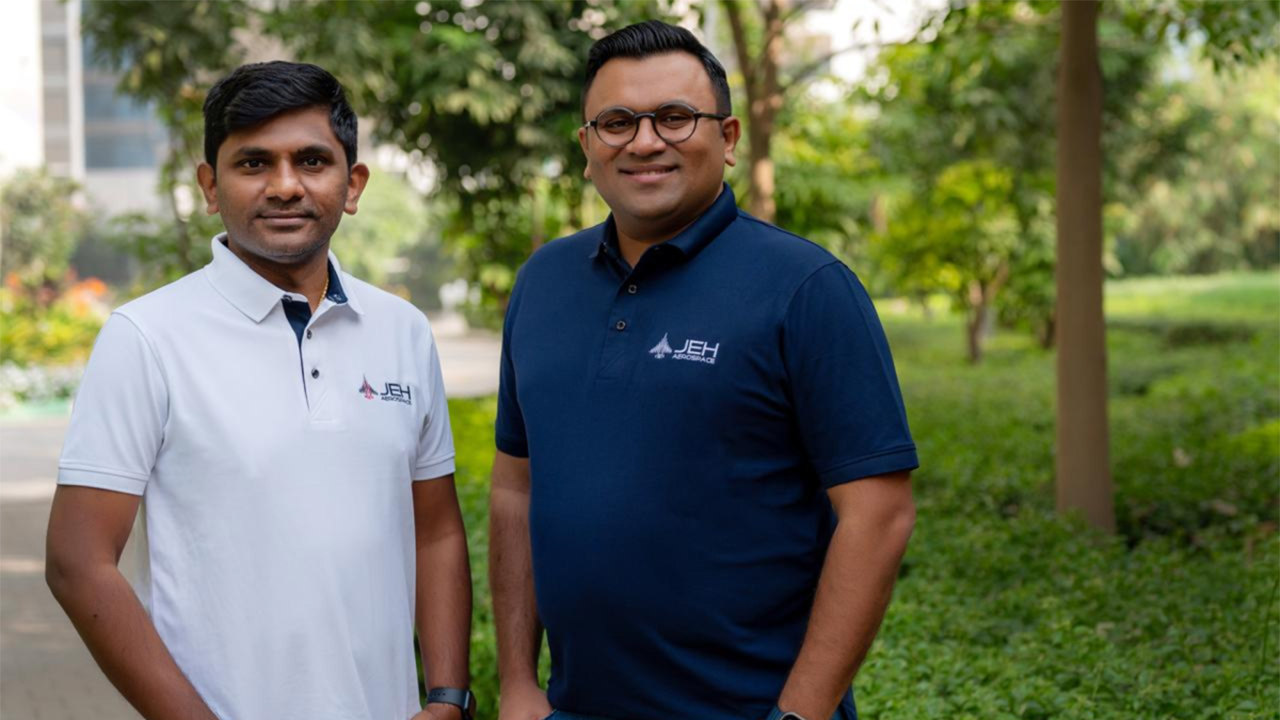India’s Aerospace & Defence Manufacturing – Vision ‘Atmanirbhar’ – Part 1
#Aerospace #AtmaNirbharBharat #Manufacturing #DefenceWing Commander Arun Kumar is an IAF Veteran with more than 28 years Program, Procurement, People & Operations Management experience in the domains of Aerospace, Defense & Technology (Command & Control IT Frameworks for Disaster Management & Smart Cities, IoT Frameworks for Power Management). Besides having done his MBA-B.Tech from IIFT & NIT Bhopal resp., he is a certified PMP-Six Sigma professional from PMI, US and Indian Statistical Institute, resp.

In 2003, a 10-member Indian Air Force (IAF) Engineering contingent comprising 3 Ilyushin-76 Heavy-Lift Aircraft trained Officers, me included, arrived in the small West Asian nation of Israel, a nation surrounded by several ‘enemies’. The mission in hand was to get trained at one of the Manufacturing Divisions Israeli Aerospace Industries (IAI) on the i.e., ARP-3 (figure below), getting fitted on IAF’s ‘Force Multiplier’, the IL-78 MKI Air-to-Air Refueller Aircraft. For the next 3 months it was rigorous classroom cum practical training by the OEM Experts / assembly line Engineers, while simultaneously being educated about the Israeli struggle for the holy-land, Judaism, their adapted cuisine, and greater-than-thou-monuments, et al.
Around the same, IAF commenced induction of the first of its 6 Aerial Refueling Aircraft IL-78 aircraft from Beriev, Russia, with each aircraft modified with 3 IAI-made ARP-3 Pods each along with its onboard paraphernalia. Incidentally the IL-78 Refueller is a modification of the IL-76 transport aircraft, in service with the IAF since the 1980s, and is capable of extending the strike envelope of IAF’s fighters such as MiG-29, Su30 MK, Mirage 2000 with the help of in-flight refueling. Advantage is that such Fighter aircraft can ‘take-off’ with minimal fuel, maximum armament configuration, given the ambient factors, and once airborne, can get ‘topped-up’ in friendly territory by the IL-78 Aircraft.
Having studied the Aerial Refueling Pod system inside out at IAI for 3 months, one wondered why we in India could not develop something so ‘Ludhiana-Roadside-Workshop’ type. Point being, a country like India which has always had one of the best and largest engineering and manufacturing base, and has had the technological capability, more than a half a century ago, to build Fighter Aircraft (HAL’s HF-24 Marut designed, 147 aircraft manufactured and delivered to the IAF for operations during the 1960 decade) as well as launch space satellites (ISRO’s satellite, Aryabhata, launched by Soviet Union in 1975 and in 1980, ISRO’s Rohini became the first satellite to be placed in orbit by an Indian-made launch vehicle, SLV-3), could also have possibly manufactured the Aerial Refueling Pod by itself, given the grad-school level ‘technology’ involved in the ARP-3, had all other factors that are keeping it much ‘behind’ in the global A&D Manufacturing race been ‘ideal’.
It does not need much ‘rocket science’ approach, not that India has had any dearth of it, to understand the ‘factors’ that are responsible to create, nurture and sustain perpetually an ideal environment that enthuses and infuses the A&D Manufacturing industry in a developing nation like India.
Look at the key milestones in the development of the Indian aerospace sector:
- 1940 Hindustan Aircraft Limited formed (first aircraft company)
- 1942 Formation of Indian Institute of Science (IISc) and Council of Scientific and Industrial Research (CSIR)
- 1948 Aeronautical Society of India (AeSI) established
- 1958 Establishment of Defence Research & Development Organization (DRDO)
- 1959 National Aerospace Laboratories (NAL) formed
- 1964 Hindustan Aeronautics Limited (HAL) formed
- 2001 Defense production opens to private players
Top Defence Public Sector Undertakings
NEWSLETTER
TRENDING ON PRO MFG
MORE FROM THE SECTION














_15_09_2025.jpg)



